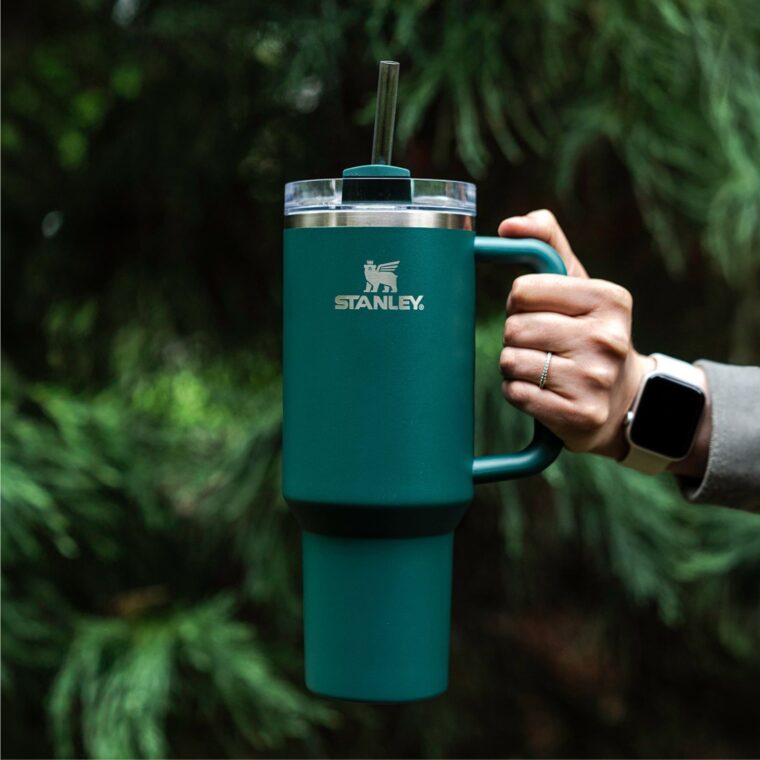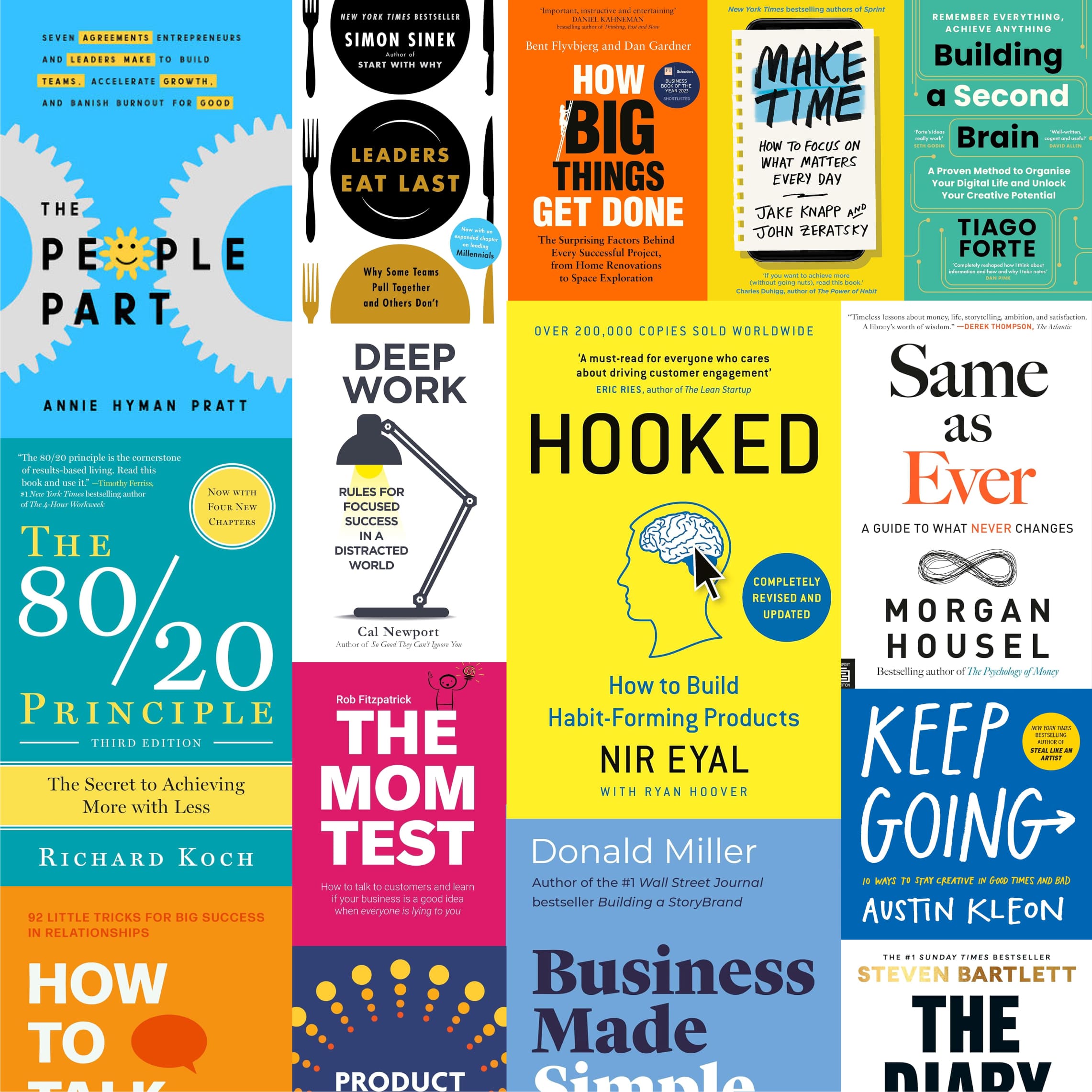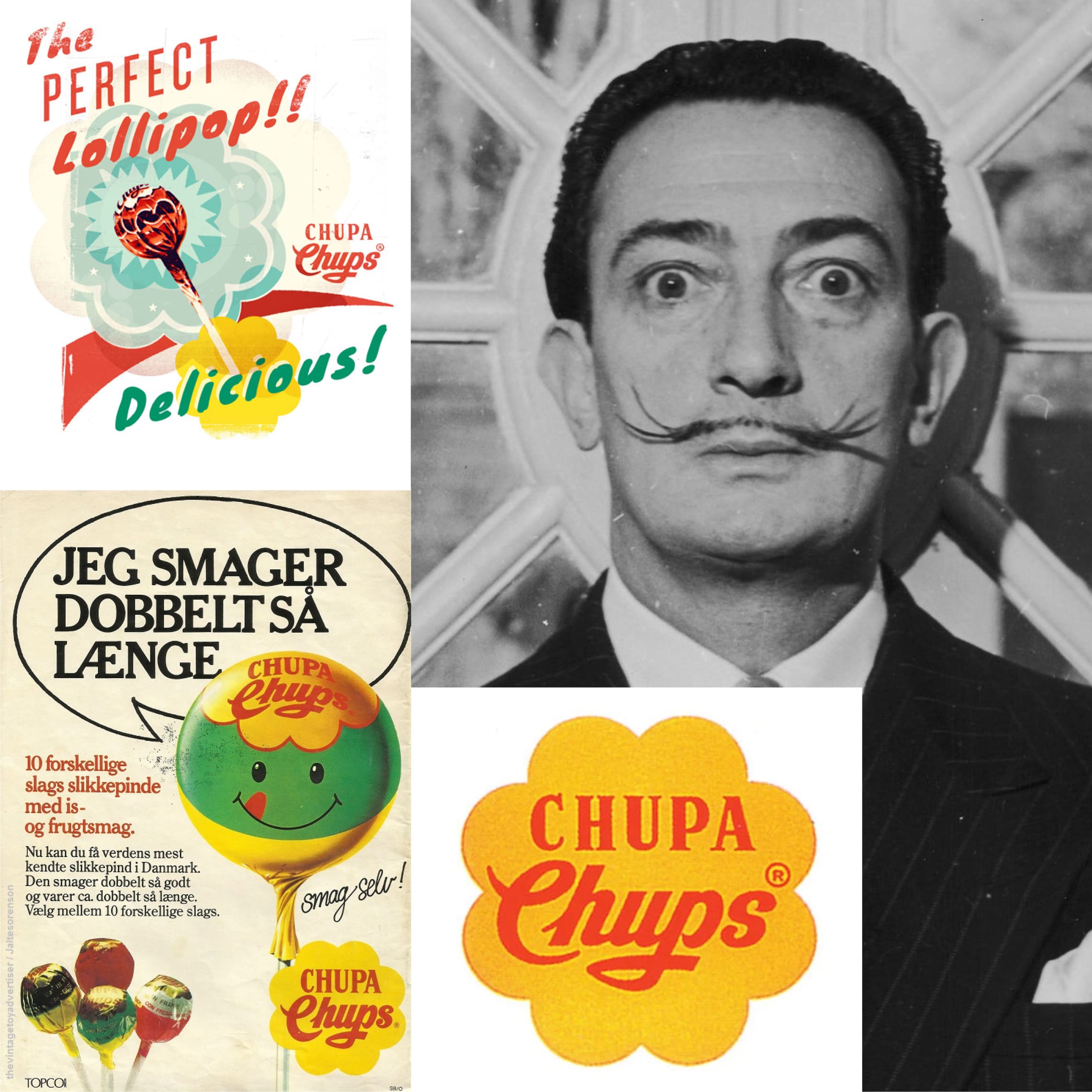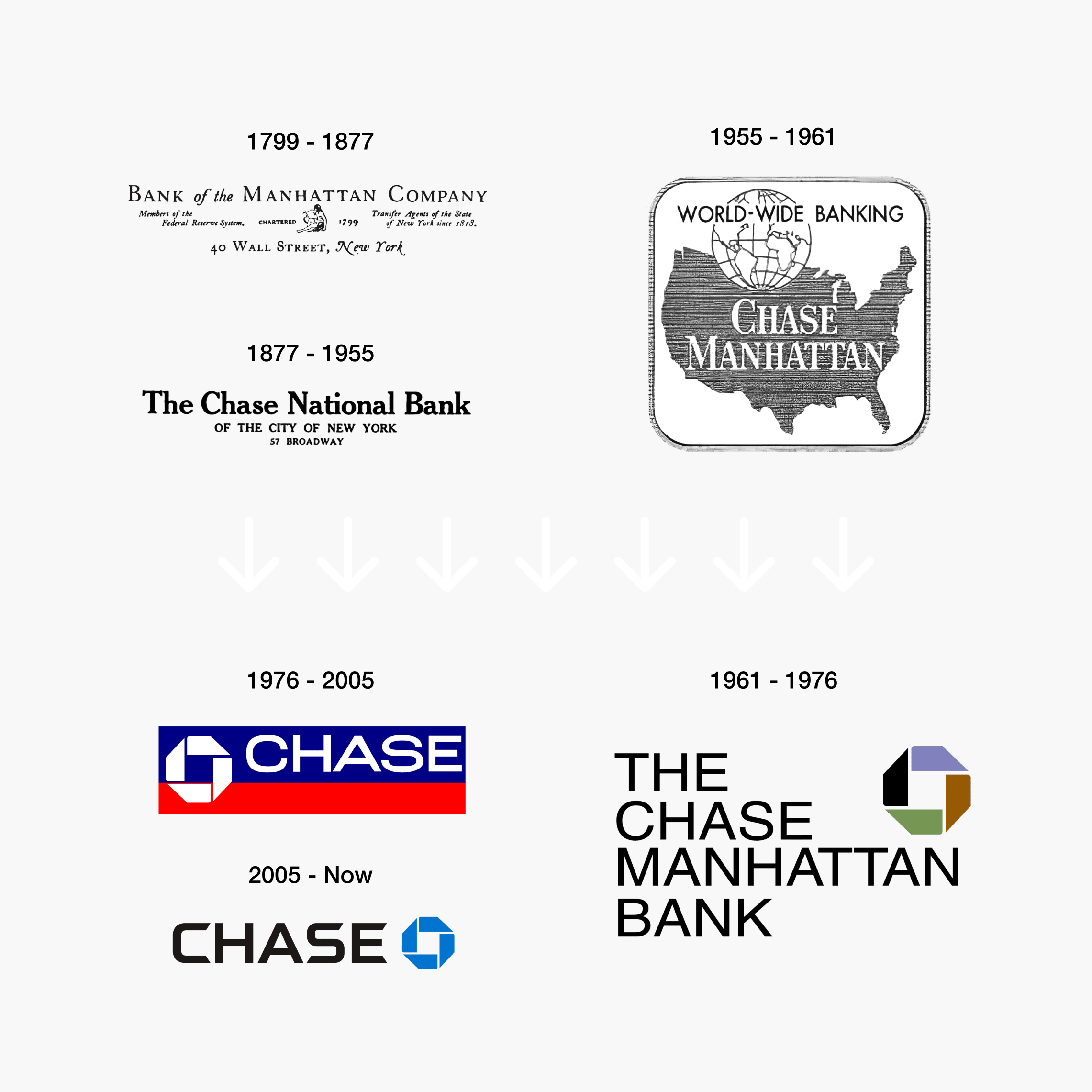This is Stanley Quencher H2.0 Flowstate Tumbler
The success of this product has helped Stanley 1913 grow its annual revenue x10 from $70 million to more than $750 million in four years.
How did that happen?
It wasn't only the superior quality of the Stanley bottles that captured the market; it reflected our complex relationship with consumerism and technology in today's world. Back in 1899, Thorstein Veblen, a philosopher turned economist, introduced us to "conspicuous consumption" - a concept to describe a new class of people who engaged in purchasing goods as a display of wealth or status.
But there's more to it. The real game-changer was Terence Reilly's ingenious marketing strategy. As the marketing maestro and president of Stanley, Reilly, known for his transformative work with Crocs, brought his A-game here too. He brilliantly used artificial scarcity and influential collaborations, sparking a retail frenzy and online buzz.
And then came the story that tipped the scales. Imagine this: a woman's car goes up in flames, but her Stanley Cup survives without a scratch, still keeping her drink cool. This incredible story caught fire on social media and made headlines, stirring up a storm of attention. Stanley's response? A heartwarming gesture of not only replacing her beloved cup but offering to replace her car, too.
What we see here is a captivating mix of historical consumer behavior and cutting-edge marketing strategies. The Stanley Cup craze wasn't just about quenching thirst; it symbolized the fusion of classic human desires and modern technological advancements, creating a cultural wave that went beyond just a water bottle.




